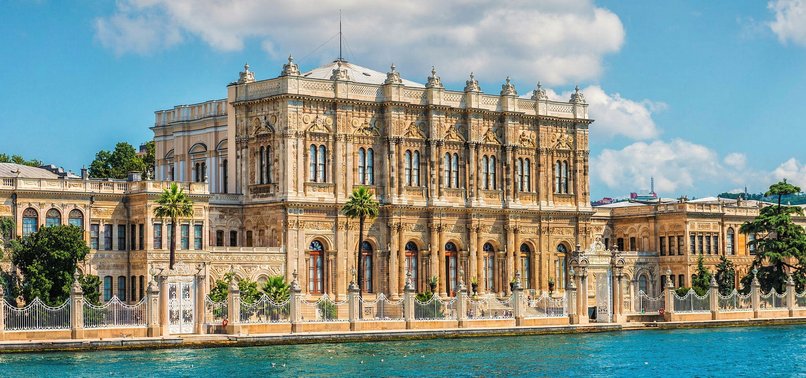Yıldırım's Historical Significance In Ottoman Architecture
Share

The Ottoman Empire, which spanned over six centuries, is renowned for its architectural marvels that reflect the cultural and artistic achievements of its time. Among the significant figures in this architectural narrative is Yıldırım Bayezid, the second Sultan of the Ottoman Empire. His reign marked a pivotal moment in the evolution of Ottoman architecture, characterized by innovation and the integration of various artistic influences.
The Legacy of Yıldırım Bayezid

Yıldırım Bayezid, who ruled from 1389 to 1402, is often remembered for his military conquests and administrative reforms. However, his contributions to architecture are equally noteworthy. He initiated the construction of several key structures that not only served functional purposes but also symbolized the empire's power and cultural identity.
Architectural Innovations
During Yıldırım’s reign, the Ottoman architectural style began to crystallize, moving away from its Byzantine roots towards a more distinct identity. This period saw the introduction of large domes, intricate tile work, and expansive courtyards, which would later become hallmarks of Ottoman architecture.
The Yıldırım Mosque
One of the most significant contributions of Yıldırım Bayezid to Ottoman architecture is the Yıldırım Mosque in Bursa. Built between 1392 and 1396, this mosque exemplifies the early Ottoman architectural style and showcases the transition from traditional mosque designs to more innovative forms.
The mosque features a large central dome supported by semi-domes, creating a spacious interior that can accommodate a large number of worshippers. Its elegant minaret and intricate tile work reflect the artistic influences of the time, blending Islamic traditions with local craftsmanship.
The Role of Yıldırım in Urban Development
Yıldırım Bayezid's vision extended beyond individual buildings; he was instrumental in the urban development of Bursa, which served as the first capital of the Ottoman Empire. His efforts in city planning included the construction of public baths, caravanserais, and bridges, all of which contributed to the economic and social fabric of the city.
The Bursa Silk Market
The Bursa Silk Market, established during Yıldırım's reign, became a vital center for trade and commerce. The architectural design of the market, with its vaulted ceilings and open courtyards, not only facilitated trade but also showcased the empire's wealth and sophistication.
Cultural Influences on Ottoman Architecture
The architectural style that emerged during Yıldırım's reign was influenced by various cultures, including Byzantine, Persian, and Seljuk. This fusion of styles is evident in the decorative elements, such as calligraphy, geometric patterns, and floral motifs, which adorn many Ottoman structures.
The Use of Color and Tile Work
One of the defining features of Ottoman architecture is the use of vibrant colors and intricate tile work. The tiles, often glazed in shades of blue, green, and gold, were used to embellish mosques, palaces, and public buildings. This decorative approach not only enhanced the aesthetic appeal of the structures but also served to convey religious and cultural messages.
The Impact of Yıldırım's Architectural Vision
Yıldırım Bayezid's architectural initiatives laid the groundwork for future Ottoman sultans, who would continue to develop and refine the architectural style. His emphasis on grandeur and functionality became a blueprint for subsequent projects, including the famous Blue Mosque in Istanbul.
The Blue Mosque Connection
The Blue Mosque, built in the 17th century, draws inspiration from the architectural principles established during Yıldırım's time. Its large dome, intricate tile work, and spacious courtyard reflect the evolution of Ottoman architecture while paying homage to the legacy of Yıldırım Bayezid.
Conclusion: A Lasting Legacy
Yıldırım Bayezid's contributions to Ottoman architecture are a testament to his vision and leadership. His ability to blend functionality with artistic expression resulted in structures that not only served their intended purposes but also became symbols of the empire's cultural identity. As you explore the architectural wonders of the Ottoman Empire, take a moment to appreciate the foundational role played by Yıldırım Bayezid in shaping this rich architectural heritage.

For those interested in experiencing the beauty of Ottoman architecture firsthand, consider planning a trip to Turkey. The rich history and stunning structures await your visit. Book your hotels and flights here and arrange your transfers here for an unforgettable experience.



